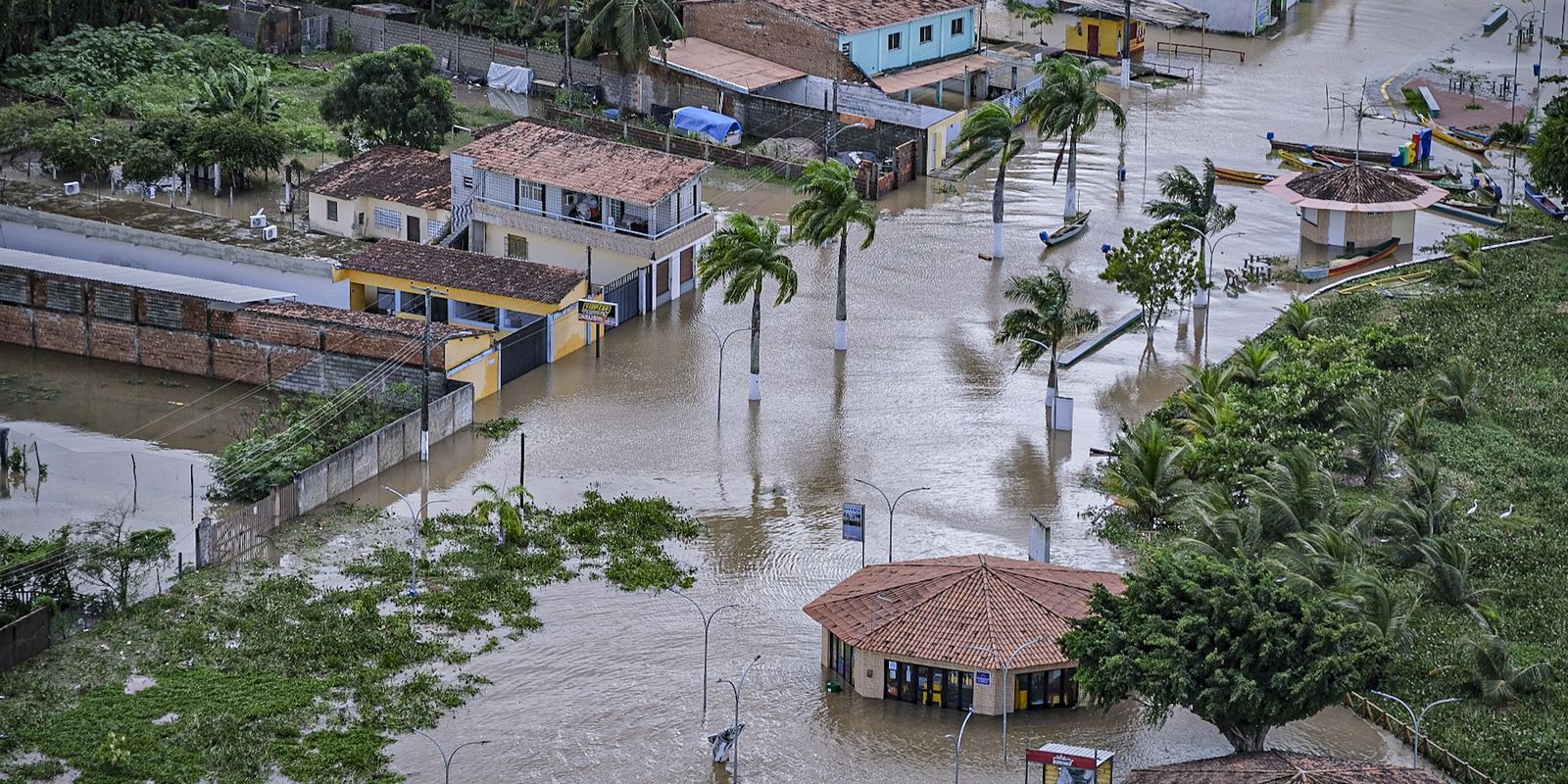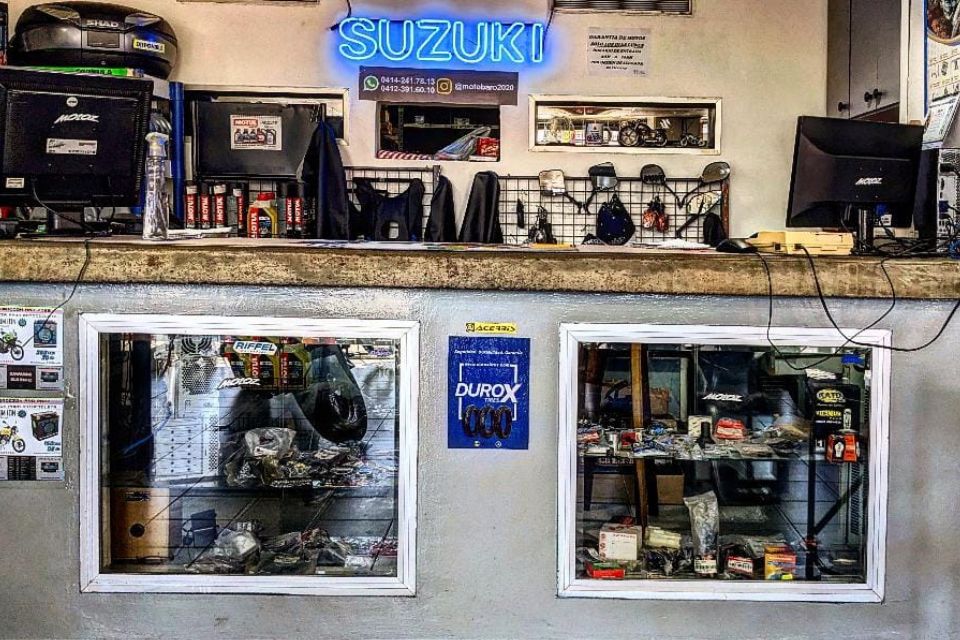After they end, the floods leave a tiring job for the residents who are faced with houses full of mud and dirt. In addition to being exhausting, cleaning can be dangerous, warns a guide prepared by entities such as the Federal Council of Chemistry and the Brazilian Association of Hygiene, Cleaning and Sanitizing Products for Domestic and Professional Use (Abipla). In booklet format, the guidelines are a step-by-step guide that can prevent contamination with food and accidents with cleaning products.
The booklet can be downloaded free of charge from Abipla’s page on the Internet. The guidelines are divided into two groups: “steps to return home” and “avoid vectors and urban pests”. The Association of Vector and Urban Pest Controls (Aprag) and the Union of Vector and Pest Control Companies (Sindprag) also joined the work.
First of all, experts point out that it is necessary to receive confirmation from the authorities that it is possible to return home, without the risk of landslides, landslides and new storms. The first step is to wait for the water to go down and check that the house has not been interdicted by the Civil Defense.
CFQ counselor and member of the Sanitizing Technical Chamber of the National Health Surveillance Agency (Anvisa), Ubiracir Lima, explains that the risks involved on returning home are mainly two: being contaminated while cleaning the house and being electrocuted by electrical wiring in short. The guide advises on taking care of the first group and warns that it is important that the electricity in the house is turned off when cleaning.
“Contaminated water poses many risks to health. The two classic examples are leptospirosis and hepatitis. And the material in the house, whether furniture, mattresses or food, can be contaminated by this water”, explains Ubiracir.
During the work of removing mud and water accumulated in the house, it is necessary to protect oneself with all possible means, such as masks, gloves and galoshes. If these means are not available, plastic bags are an alternative for protecting shoes and hands from immediate contact with potentially contaminated water and mud.
No to homemade mixes
Another risk emphasized by the booklet is the use of homemade mixtures of cleaning products, which can even produce toxic and possibly lethal gases.
“It is very common to have information on the internet and influencers teaching how to make mixtures, with the claim that it will increase the potency of the products or that it will generate savings. The risk is very high. You can make a mixture that explodes or generates very dangerous that can lead to death or to irritation of the mucous membranes of the respiratory tract and eyes”, he warns. “Citizens should look for regularized products at Anvisa.”
The booklet recalls that cleaning products must be used according to the guidelines on the packaging and must never be mixed. If there are no resources to buy sanitizers and disinfectants, bleach is an alternative, but it must be used according to the guidelines: two tablespoons for each liter of water in the case of cleaning surfaces and a spoonful of soup for each liter of water in the case of fruits, vegetables and greens that have not been in contact with rainwater or mud. All food that has come into contact with dirt must be discarded.
Abipla’s executive director, Paulo Engler, emphasizes that it is necessary to be very careful with the use of bleach. “It’s a product that you have to know how to use in the correct formulation, in the right volume, and exactly as it is on the product label”, says Engler, who adds that, in addition to the risk of intoxication, there is the possibility of mixtures annulling the effect of cleaning.
“The mixture, most of the time, is not efficient. Many times, it nullifies the chemical composition, which is thought to be something that will improve hygiene, but quite the contrary. One element can cancel the other. The cleaning product which is sold on the market and is approved by Anvisa, it actually sanitizes, actually disinfects and leaves the environment clean.”
water tank
Engler also calls for a lot of attention to water storage sites, such as water tanks, cisterns and wells. In the last two cases, laboratory analysis by a specialist is required to ensure that the water is still fit for consumption. In the case of water tanks, emptying and cleaning with water and neutral soap are required. Afterwards, the recommendation is to fill it up again, add two spoons of bleach for each liter and let it rest for 30 minutes. Lastly, the water tank must be washed thoroughly with potable water before being filled with the water that will be consumed.
“If there has been a flood, even if it is at the top, our recommendation is to empty the water tank. The essential thing is to wash it before filling it again”, he explains. According to Engler, vectors and pests that move during a flood can reach the water tank even if it is on the roof.
In addition to making the booklet available on the internet, Abipla intends to offer it to Education departments, so that they reach schools by mid-April. The association also has a guide with basic information about cleaning productsdetailing the care needed to use them.


















